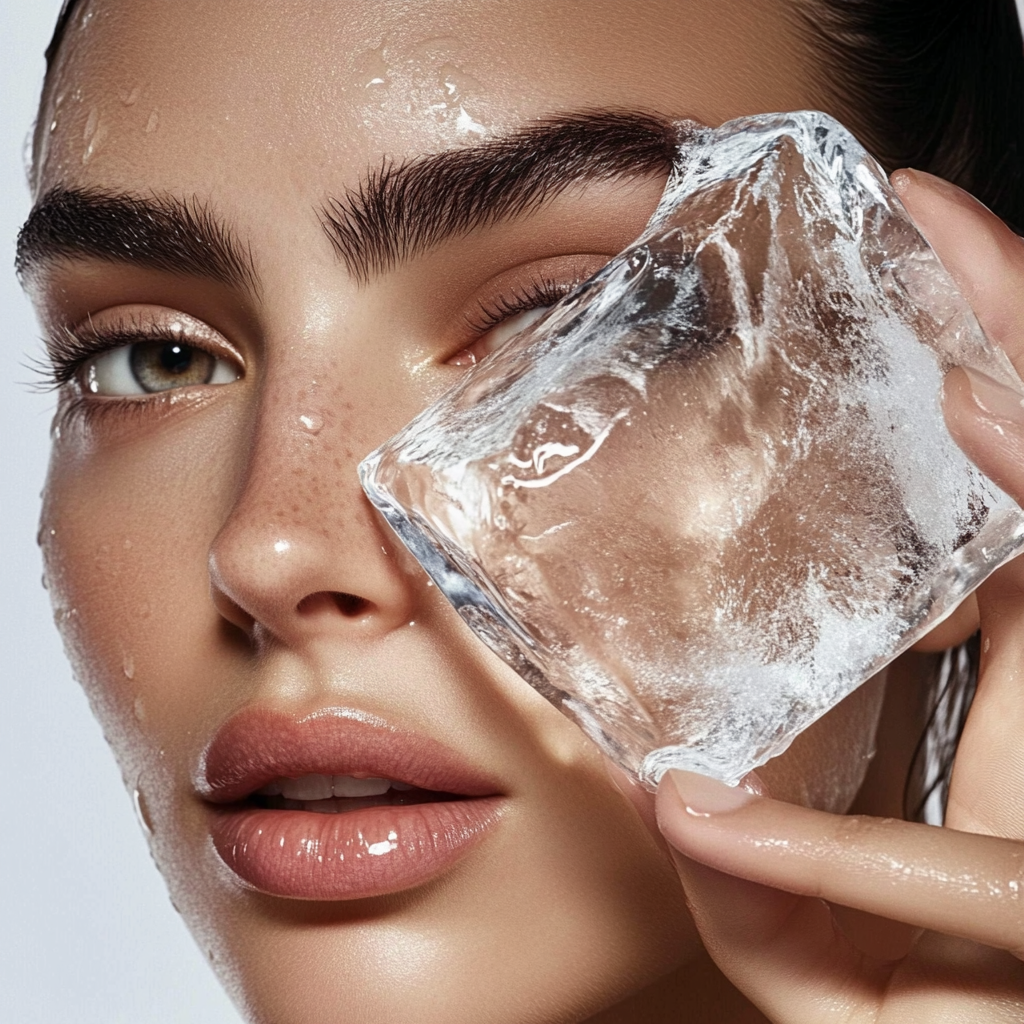Let’s begin with a riddle: Why doesn’t a Tag Heuer ad ever mention the price, the features, or even the Swiss precision of its timepieces? Instead, it whispers to you: “What are you made of?”
Here lies the enigma of luxury advertising. Unlike traditional marketing, which courts your wallet with dazzling offers and clever pitches, luxury speaks directly to your soul. It doesn’t sell; it seduces. It doesn’t persuade; it plants a dream.
The Luxury Playbook: Sell the Dream, Not the Product
Imagine the head of BMW in the U.S. sharing his job description. You might assume it revolves around aggressive sales strategies and quarterly targets. Instead, he reveals his true mission: ensuring that every 18-year-old in America dreams of owning a BMW someday. His job isn’t about today’s sales—it’s about tomorrow’s aspirations.
This is the ethos of luxury: to linger in your imagination until the day you can finally make it yours. Whether it’s the silent allure of a Porsche on a racetrack or the cryptic question posed by Tag Heuer, the message is clear: luxury sells a lifestyle, a myth, a dream of who you could become.
Mystery and Magic: The Language of Luxury
Luxury brands have mastered the art of saying less but meaning more. Visit a Porsche dealer, and you won’t hear about the cupholders or the MPG. Instead, you’ll be regaled with stories of racetracks and road-holding—myths designed to conjure images of you, a modern-day hero, commanding the road with precision and poise.
And if you ever wander into a Tag Heuer store, you’ll leave with a thick, gorgeous brochure—not a price list. It’s filled with tales of craftsmanship, heritage, and artistry, carefully curated to justify not the cost, but the value.
Here’s the secret: these narratives are post-rationalizations. You’ve already fallen in love with the dream. The brochures, the sales pitches? They’re merely there to provide socially acceptable reasons for indulging in your desire.
When Advertising Becomes Art
Luxury advertising is more symphony than sales pitch. BMW, for instance, once commissioned Hollywood directors to create short films—not commercials—for their cars. These cinematic masterpieces weren’t designed to push a sale. They were designed to go viral among those who dreamt of BMWs, subtly reinforcing the brand’s allure while whispering, “Someday, this could be you.”
The magic here isn’t in the features of the car; it’s in the story. Luxury marketing doesn’t ask, “How do I convince you to buy?” It asks, “How do I make you want this so deeply that you’ll justify it to yourself?”
Why the Dream Matters
The paradox of luxury is that every time someone buys a product, a little bit of its mystique fades. When exclusivity becomes visibility, the dream risks dilution. This is why luxury brands tread carefully, always guarding the mystery and magic that fuel desire.
Contrast this with everyday goods, where visibility equals dominance. The more people see a detergent or a smartphone, the more they trust it. For luxury, the opposite applies: to remain desirable, it must stay slightly out of reach, just beyond the edge of reality.
Luxury as a Lifestyle Choice
At its core, luxury advertising isn’t about showcasing products—it’s about creating a lifestyle. It’s the quiet confidence of knowing you’re part of something rare, something extraordinary. It’s the artful alignment of dreams and desires with the products that represent them.
So the next time you see a Tag Heuer ad with its cryptic line or a BMW gliding through a moody cinematic short, remember this: luxury isn’t selling you the product. It’s inviting you to step into a more refined, elevated version of yourself.
Because in the world of luxury, the question isn’t what you’ll buy—it’s who you’ll become.
With love,

Why You Should Never “Sell” When Advertising Your Luxury Brand
January 4, 2025

ABOUT THE AUTHOR
Jasmine is a luxury branding designer and consultant blending strategy, design, and mindset work to craft multi-dimensional brand experiences. With nearly five years of expertise, she’s transformed over 300 visionary businesses worldwide into elevated brands that radiate luxury and magnetize luxury clients. Her work has led to client features in Vogue and Elle.